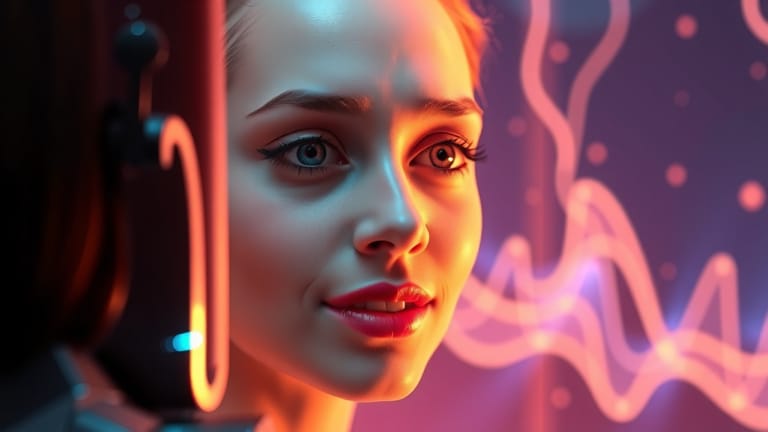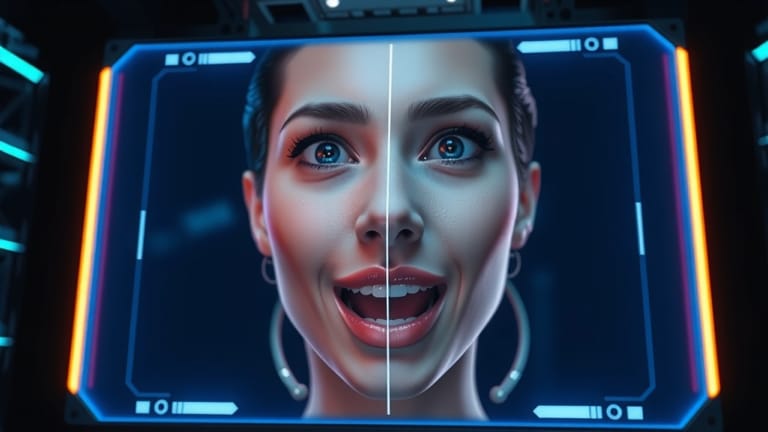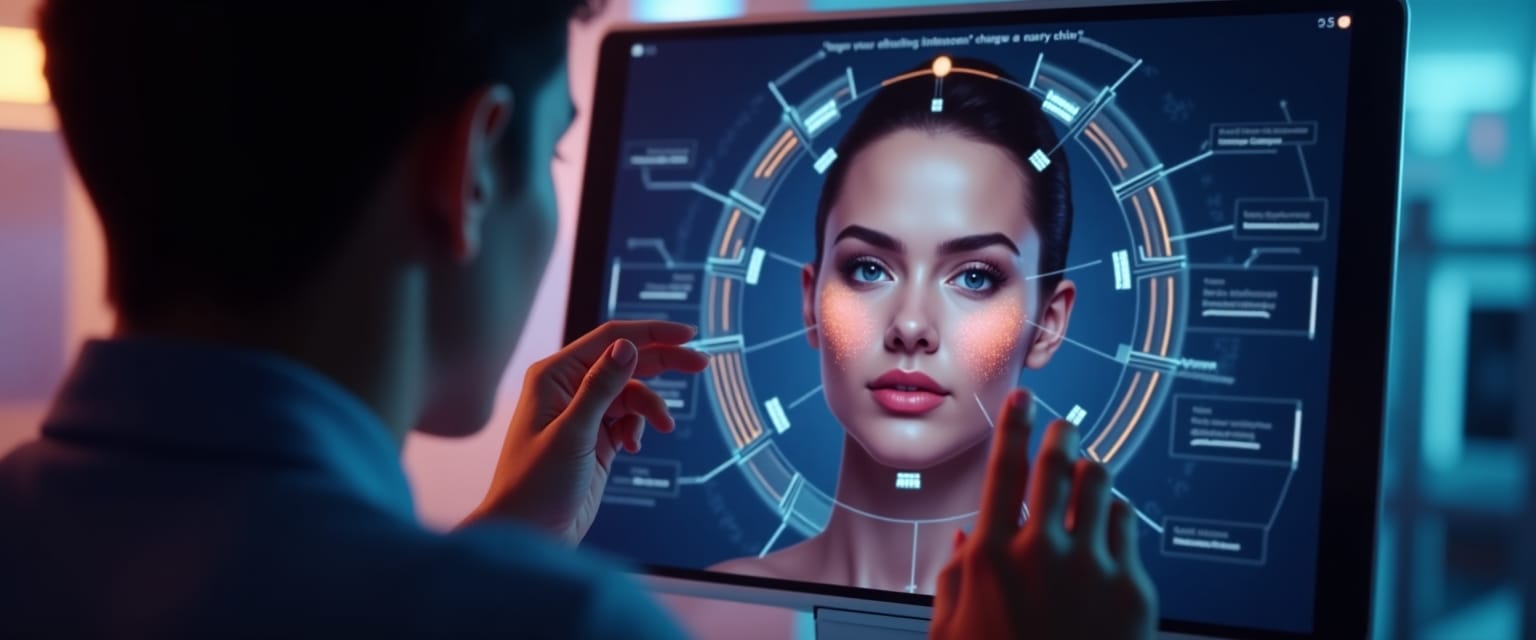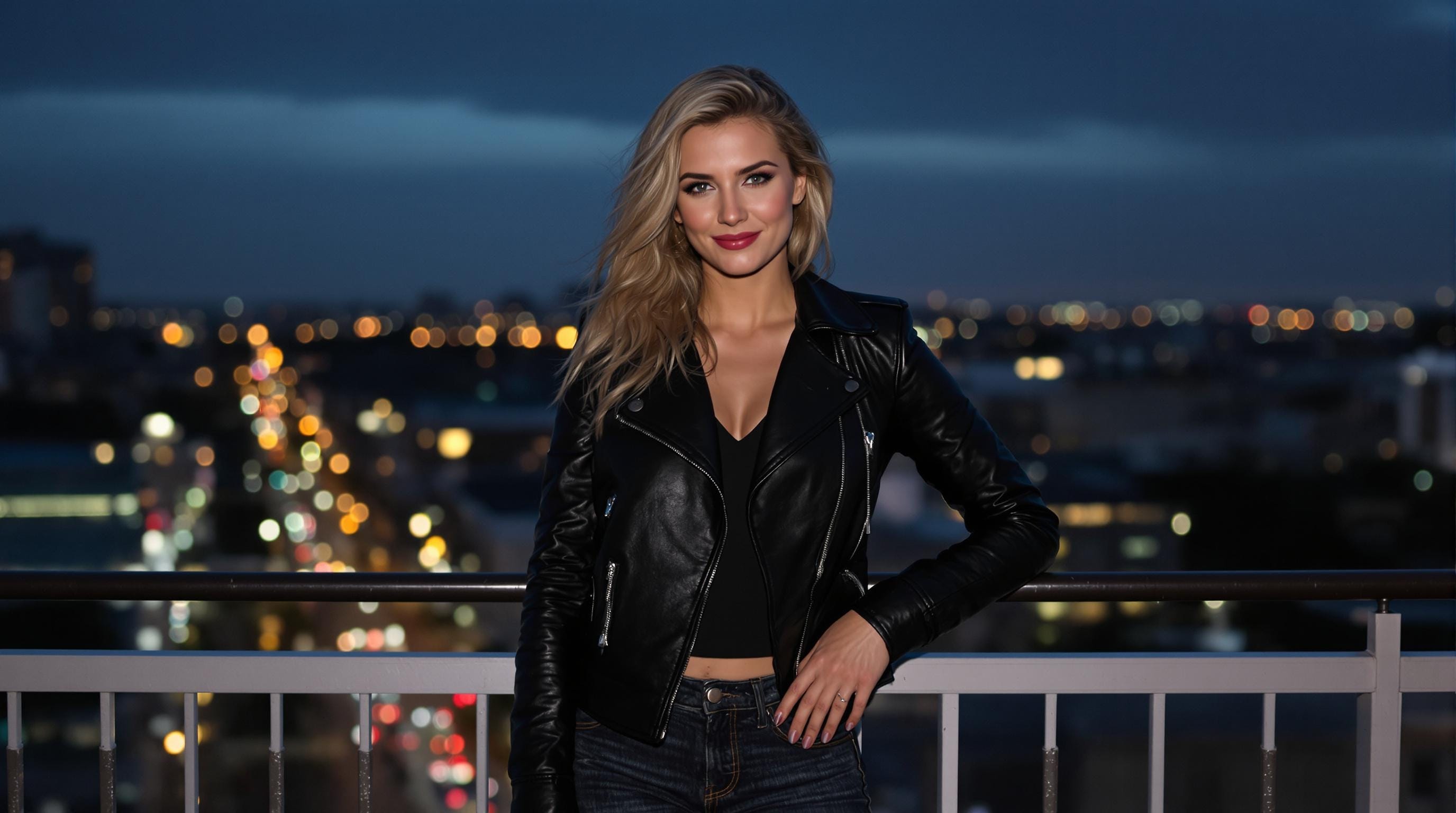A photograph, by its nature, is static. It captures a single, frozen instant. But a human life is a fluid sequence of emotions, a story that unfolds over time. What if our portraits could do more than just capture an instant? What if they could tell a story?
With the advent of AI expression editing, a new form of visual storytelling is emerging. Using a tool like the Expression Changer, you can now take a single portrait and give it an "emotional arc"—a sequence of expressions that shows a character's journey from one feeling to another.
This isn't just about fixing a photo; it's about building a narrative.
What is an "Emotional Arc"?
In literature and film, a character arc is the transformation a character undergoes throughout the story. An emotional arc is a mini-version of that, told visually through a series of expressions. It's the visual journey from one emotional state to another.
For example, a simple emotional arc could be: Sadness -> Thoughtfulness -> Hope
This tells a powerful story of someone overcoming a challenge. With AI, you can now create this entire narrative from a single starting photo.
Creating Your First Visual Story
Let's build the "Sadness to Hope" arc using the Expression Changer.
Act I: The Initial State (Sadness)
Start with a single, neutral portrait. Upload it to the Expression Changer Studio. Your first prompt will establish the beginning of your story.
- Prompt:
"a sad expression with unhappy eyes and a soft frown" - Demo: Sad Face
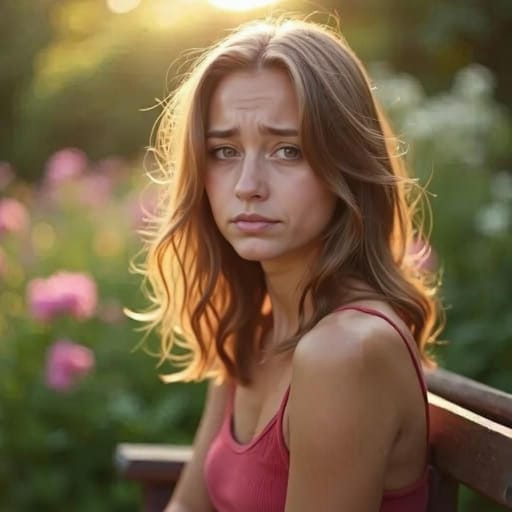 This image sets the initial emotional state: a moment of sadness or difficulty.
This image sets the initial emotional state: a moment of sadness or difficulty.
Act II: The Turning Point (Thoughtfulness)
Now, using the same original photo, generate the second beat of your story. This is the moment of reflection or change.
- Prompt:
"a thoughtful expression with eyes looking up, lips pressed together" - Demo: Thinking Face
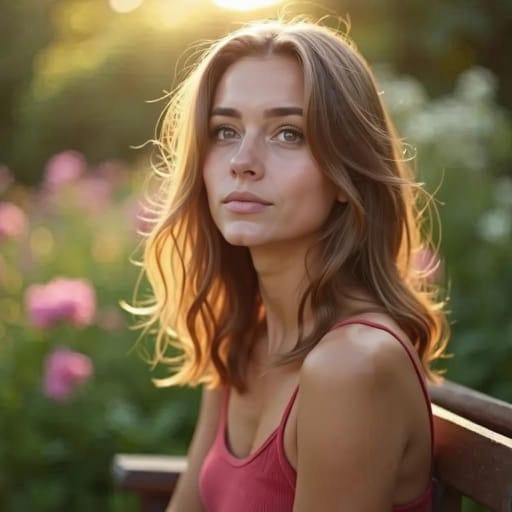 Here, the character is no longer just sad; they are processing, thinking, and seeking a way forward.
Here, the character is no longer just sad; they are processing, thinking, and seeking a way forward.
Act III: The Resolution (Hope)
Finally, create the conclusion of your arc. This is the resolution, the new emotional state that shows growth or change.
- Prompt:
"a hopeful expression with soft eyes, a small smile, and slightly raised eyebrows" - Demo: Hopeful Face
 The story resolves with a look of hope, suggesting a positive future.
The story resolves with a look of hope, suggesting a positive future.
Why This Matters for Creators
When you present these three images together—in a carousel post on Instagram, a triptych in a portfolio, or a GIF on your website—you're no longer just showing a face. You're telling a micro-story that is far more engaging and emotionally resonant than a single, static image.
This technique can be used for:
- Branding: Show a customer's journey from confused to curious to satisfied.
- Art Projects: Explore the nuances of human emotion in a compelling series, like our Your Face, 10 Ways project.
- Social Media: Create dynamic, scroll-stopping content that tells a story in a single post.
- Character Design: Quickly visualize a character's emotional range for a film or animation project.
Frequently Asked Questions
-
Do I have to upload the photo three different times? No! You upload your master photo just once. You can then enter as many different prompts as you want, generating a whole library of emotions from that single upload.
-
What if I want a more complex story? Go for it! Your arc could be five, seven, or ten expressions long. You could tell the story of someone going from Bored -> Curious -> Amazed -> Laughing. The possibilities are limitless.
-
Does the AI understand story concepts like "hopeful"? Yes. The AI has learned to associate words like "hopeful" with the specific, subtle facial cues that humans use to convey that feeling—often a combination of features from "happy" and "thoughtful" expressions. The more nuanced your prompt, the more interesting the story you can tell.
Conclusion: Be a Storyteller, Not Just a Photographer
The Expression Changer is more than a utility for fixing photos; it's a new creative instrument. It gives you the power to go beyond capturing moments and start crafting narratives. By thinking like a storyteller, you can use AI to unlock a deeper level of emotion and engagement in your work, turning any portrait into a compelling visual journey.
What story will your photos tell?
Start telling your story today.
